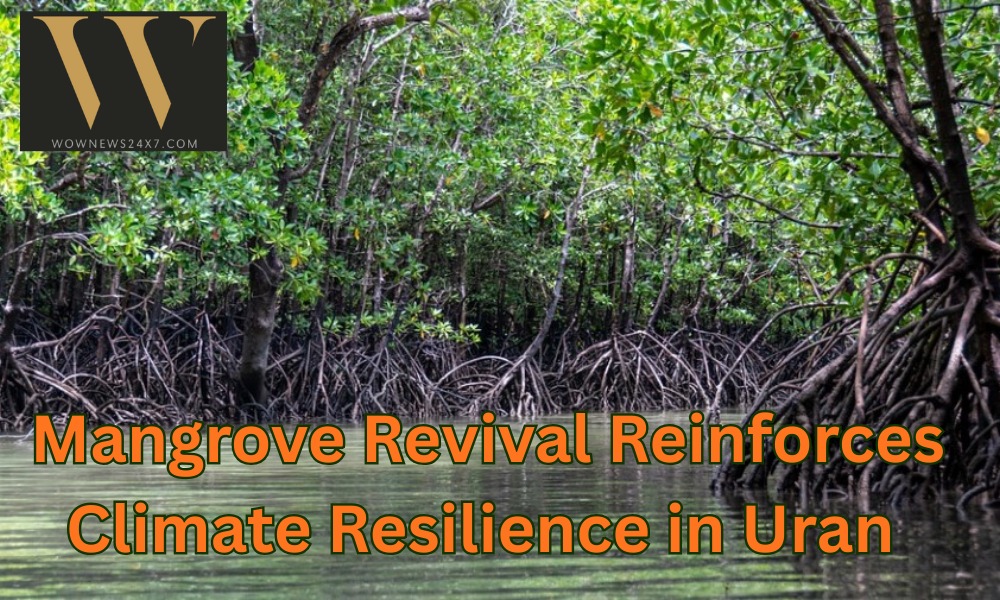More than 10,000 mangrove saplings have naturally regenerated in Uran, Maharashtra, after years of damage from development and illegal clearing. Supported by a community-driven restoration project led by the Maharashtra Forest Department with UNDP and Green Climate Fund, this revival is restoring biodiversity, coastal protection, and livelihoods across the region.
In a remarkable display of nature’s resilience, over 10,000 buried mangrove trees in Uran, Maharashtra, have made a strong comeback. These mangroves, almost wiped out by rapid development projects and illegal cutting, have bounced back thanks to a targeted restoration initiative started in June 2024. The project aimed to rehabilitate mangroves destroyed within the Navi Mumbai Special Economic Zone and NH-348 highway expansion corridor—both previously in violation of high court orders.
Key Highlights
Historic Damage and Legal Context: The mangrove areas were heavily damaged by clearing activities during infrastructure expansion, defying Bombay High Court orders protecting tidal vegetation. Their survival was critical for coastal ecology and community welfare.
Community-led Restoration: Local villagers from Uran’s fishing communities actively participated by collecting and planting over 75,000 mangrove propagules. Their efforts coupled with forest department training and expert guidance fostered rapid natural regeneration.
Ecological Renewal: Within months, tidal waters returned, enabling mangrove saplings to root and thrive. Crab burrows and salt-tolerant grasses reappeared, while bird populations and other biodiversity indicators showed signs of recovery, including sightings of endangered hawksbill turtles.
Economic and Social Benefits: The restoration project created sustainable employment for over 75 local households, offering steady wages in nursery management, patrolling, and planting activities. Families are now exploring complementary livelihoods like crab farming, made viable through healthier mangrove ecosystems.
Climate and Coastal Protection: Mangroves act as natural buffers against storm surges, floods, and saltwater intrusion, critical for protecting farmlands and communities from climate impacts. Supported by the Green Climate Fund and UNDP India through the ECRICC initiative, this project highlights nature-based solutions to climate resilience.
Mindset Shift: The community now embraces the mangroves as “our mangroves,” marking a crucial shift from seeing these areas as neglected wastelands to valued communal assets, reinforcing stewardship and conservation.
The success of the Uran mangroves is a beacon for coastal restoration worldwide, blending scientific expertise and grassroots action to recover vital ecosystems for ecological balance and human well-being.
Sources: Deccan Herald, UNDP India, Green Climate Fund, Times of India.
